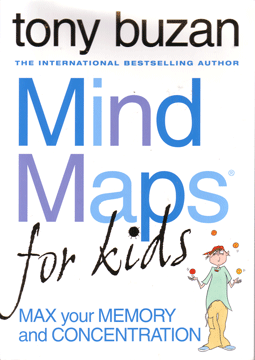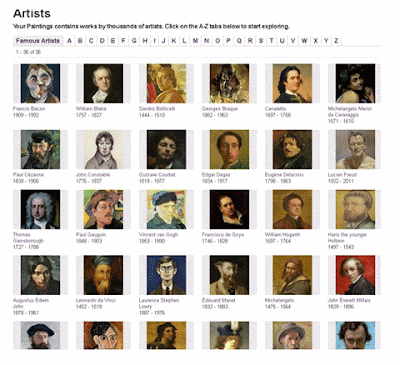Three blind men were asked to describe an elephant.
"It is a big, fat snake" said the first.
"It is four thick pillars, like tree trunks," said the second.
"It is long and thin, like a piece of string," said the third.
Which one was right?
I have this tale an an illustrated book:-
Holding image - still can't find the book
and as a song by the wonderful Natalie Merchant. She used the poem by John Godfrey Saxe, The Blindmen and the Elephant, based on this Indian parable.
 |
| Nonesuch records (2010) |
I'd like to have incorporated the story and a subsequent discussion into my lecture but time constraints prevent it. Maybe you could use one or all of these resources.



















































